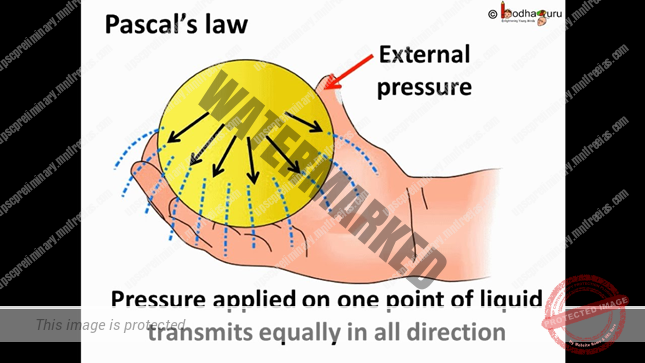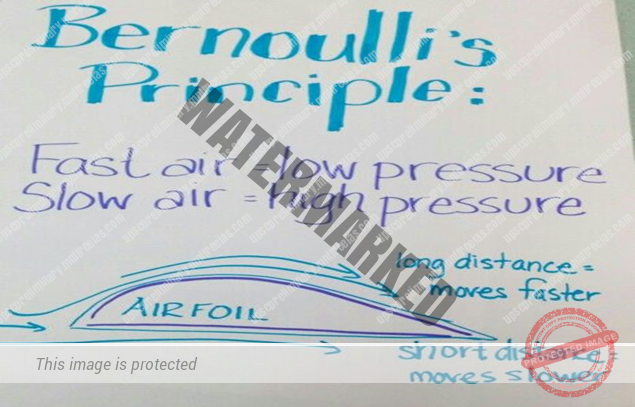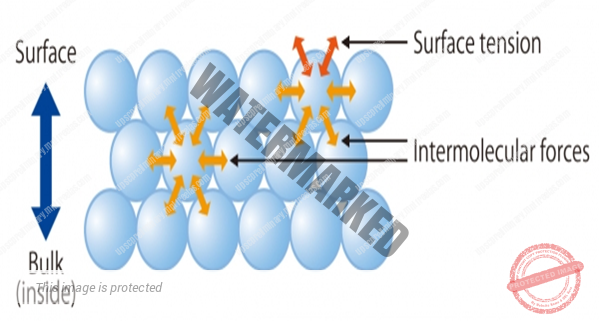- PASCAL’S LAW
UNIT 9 – PHYSICS - PROPERTIES OF MATTER – PART 3
PASCAL’S LAW:
The French Scientist Blaise Pascal observed that the pressure in a fluid attest is the same at all points if they are at the same height. Distributed uniformly throughout. We can say whenever external pressure is applied on any part of a fluid contained in a vessel, it is transmitted undiminished and equally in all directions. This is the Pascal’s law for transmission of fluid pressure and has many applications in daily life. A number of devices such as hydraulic lift and hydraulic brakes are based on the Pascal’s law.
The flow of the fluid is said to be steady if at any given point, the velocity of each passing fluid particle remains constant in time. The path taken by a fluid particle under a steady flow is a streamline.
BERNOULLI’S PRINCIPLE states when a fluid flows from one place to another without friction, its total energy (Kinetic + Potential + Pressure) remains constant.
You must have noticed that oil and water do not mix; water wets you and me but not ducks; mercury does not wet glass but water sticks to it, oil rises up a cotton wick, in spite of gravity.
Soap and water rise up to the top of the leaves of the tree, hairs of a paint brush do not cling together when dry and even when dipped in water but form a fine tip when taken out of it. All these and many more such experiences are related with the free surfaces of liquids.
As liquids have no definite shape but have a definite volume, they acquire a free surface when poured in a container.
These surfaces possess some additional energy. This phenomenon is known AS SURFACE TENSION, and it is concerned with only liquid as gases do not have free surfaces. Mathematically, surface tension is defined as the force acting per unit length of an imaginary line drawn on the free surface of the liquid. The surface tension is expressed in NEWTON/METER.
- Most of the fluids are not ideal ones and offer some resistance to motion. This resistance to fluid motion is like an internal friction analogous to friction when a solid moves on a surface. It is called viscosity.



